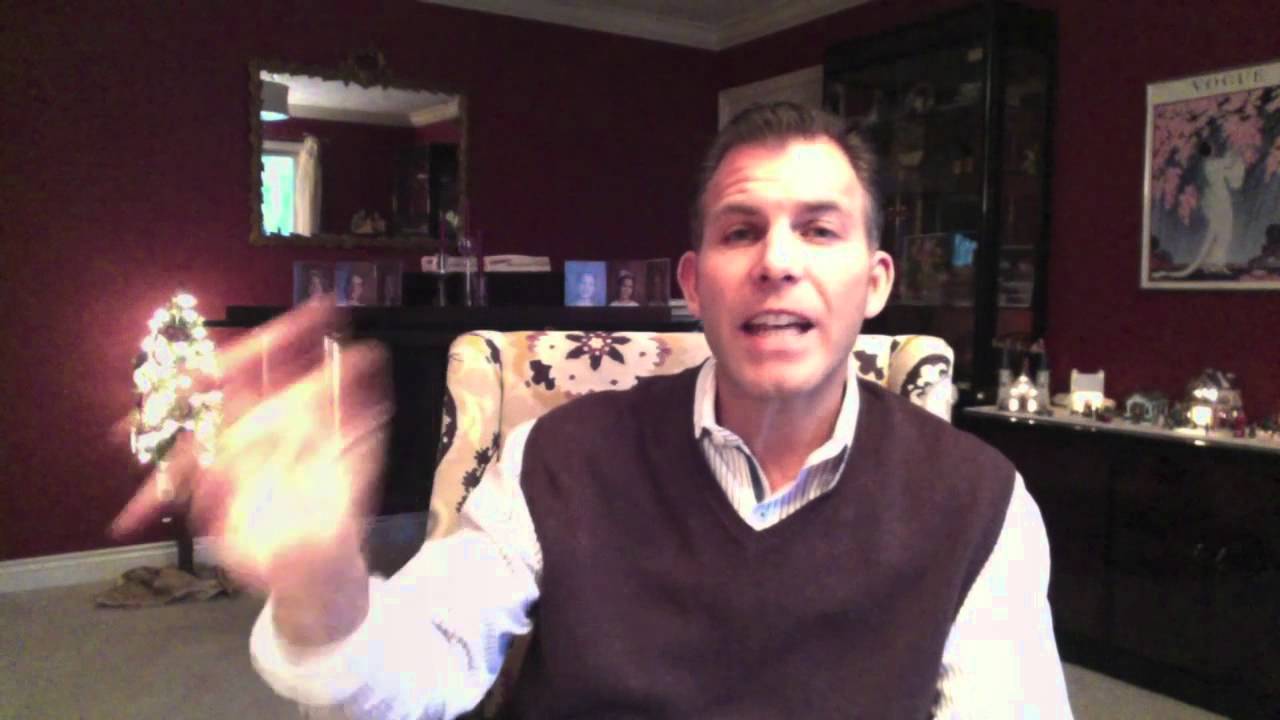In this episode of RoyOnRescue, Roy answers an email that was just sent in regarding a person who provided CPR for a cardiac arrest victim but it was different than how the two other certified responders where doing CPR. Please tell me we don’t give rescue breaths anymore, I hope I did the right thing, “God forbid my way was wrong”. Roy answers this question in a way that explains how all three of the rescuers did the “Right Thing”. Be sure to watch this episode to learn how compression only and complete CPR are beneficial for the cardiac arrest victim.



Compression Only or Hands Only CPR is an acceptable practice for lay rescuers in a witnessed adult cardiac arrest. 911 dispatchers in many places are now giving phone instructions in compression only CPR, because it is less complicated and much easier for most people to perform, especially untrained people. So this person did the right thing by initiating cardiac compressions only. A study published by the Sarver Heart Center in Tuscon, AZ revealed that compression only CPR was actually more effective than traditional CPR in the first 10 minutes of a sudden cardiac arrest in the adult patient. These findings were published in the Oct 2010 issue of JAMA. Watch the video on Sarver Heart Center’s “be a life saver” link http://www.heart.arizona.edu/publiced/lifesaver.htm
I think this was a great answer to the question “Did I Do Wrong?” It clears things up for me.
I agree
My husband Richard went to the car
after going to the bathroom at church.
I could find him but he left his coat on the chair next to me
which has are to go phone in his pocket.
I checked the car but didn’t check passage side.
So I ask the youth to check the bathrooms for me. Just in case he was
past out some where. We were at
Bothell Senior Center where we have church on Suns. I told a member I found him and was taking care of it.
My husband wanted to go home.
I told him no we were goiing to do something else so . I took us
to a Fredmeyers. Knowing there was no protein at home. Between excerise and protein. He is doing good tonight. I did remind
him to keep a closer eye on his
blood sugars and medication.
I made him promise no matter what
or where we were at to tell me where he is going.
Bother me it is ok.
The viedos helps me to stay alert on how too’s.
I had advance traininng in College. in California in my
youth. I was going to go to nursing
School but my husband had his first Heart Attack and I had to
support my family. No outside help. So we moved to Orcas Island. Because of Great Drs. We have a wonderful life and live
in a careing community. Near Great Hospitals.
The first defense is to be prepared to take care of your own family. Use all knowledge
avaible. I am now 60 years old.
Life is only as good if you have it. Thank You.
I think if this message could get on tv or just out to America, a million more people would be willing to help when someone goes down! And at least do compression’s. And maybe more would get basic cpr training knowing at least compression’s could help save a life!!! So many do not know this and are afraid of diseases these days….
Years ago Medic 1 in Seattle made an effort at developing the first emergency medical dispatch protocol (~20 years ago before NAEMD became widely accepted). Their phone instructions for cardiac arrest indicated lay responders should initiate rescue breathing only without compressions. The rationalle behind this was the expansion of the lungs during the delivery of rescue breaths would compress the heart enough while trained responders were enroute. Today, phone instructions from NAEMD include compression only CPR with the rationalle that circulating blood with the existing oxygen will meet the cellular respiration needs of the patient until trained first responders arrive. It’s an interesting journey we’ve taken on lay person CPR.
The best answer? get trained! know what to do! don’t rely on dispatch phone instructions.